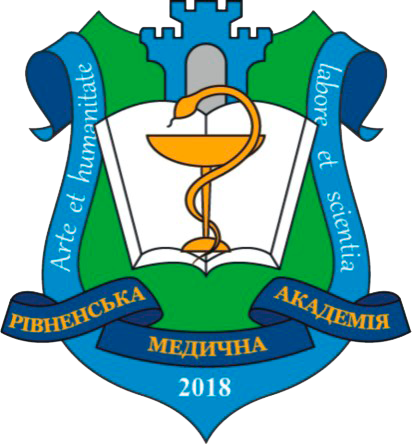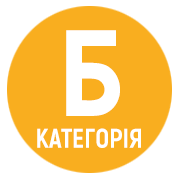PSYCHOLOGICAL AND PHYSIOLOGICAL REHABILITATION OF POST-TRAUMATIC STRESS DISORDERS OF COMBATANTS IN THE SITUATION OF WAR IN UKRAINE
DOI:
https://doi.org/10.32782/health-2025.1.21Keywords:
post-traumatic stress disorders, combatants’ mental activity, patriotic education, maintenance of fighting spirit of the person, acute post-traumatic stress disorder reactionsAbstract
The purpose of our research is to show the ways of psychological and physiological rehabilitation of post-traumatic stress disorders of combatants in the situations of war in Ukraine.Methods of the research. The following theoretical methods of the research were used to solve the tasks formulated in the article: a categorical method, structural and functional methods, the methods of the analysis, systematization, modeling, generalization.Results and their discussion. There are following areas of psycho-physiological activity of military units, which are distinguished to ensure the necessary psychological stability of combatants: patriotic education and maintenance of fighting spirit of the person; in a military situation there are failures of our troops and human losses, which are possible, therefore it is important not only to compensate for negative emotions, but also to restore the fighting spirit of soldiers, to predict possible changes in people’s mood in any days; a positive role in creating a favorable psychological atmosphere in a military unit and raising morale and fighting spirit are played by thoughtful and timely stimulation of military activities of soldiers.Conclusions. In order to improve the effectiveness and timeliness of providing psychological assistance to combatants who have suffered military mental trauma and their psychological rehabilitation in military situations, a military psychologist must take into account such aspects, as: training senior military groups, sergeants and officers to recognize post-traumatic stress disorder reactions and respond to them correctly, providing the simplest first aid and a great support; identifying servicemen with acute post-traumatic stress disorder reactions and sending them to the rear for inpatient recovery or treatment of combatants; creating points for providing primary psychological and physiological assistance and support in places where servicemen rest or units rotate.





